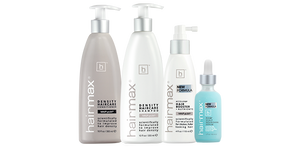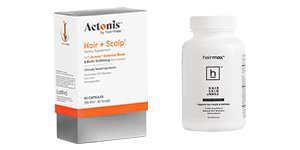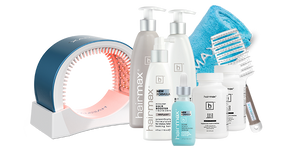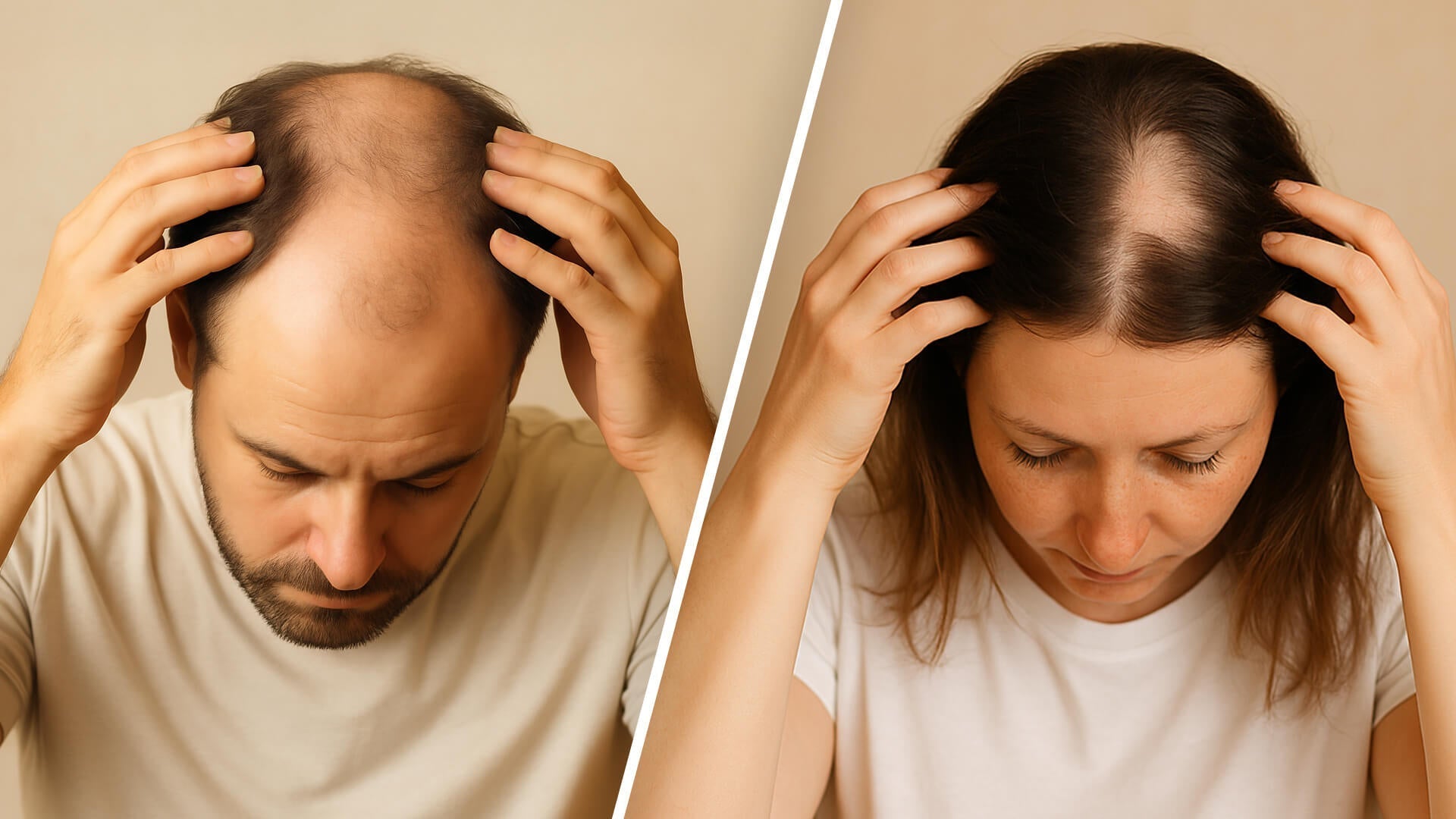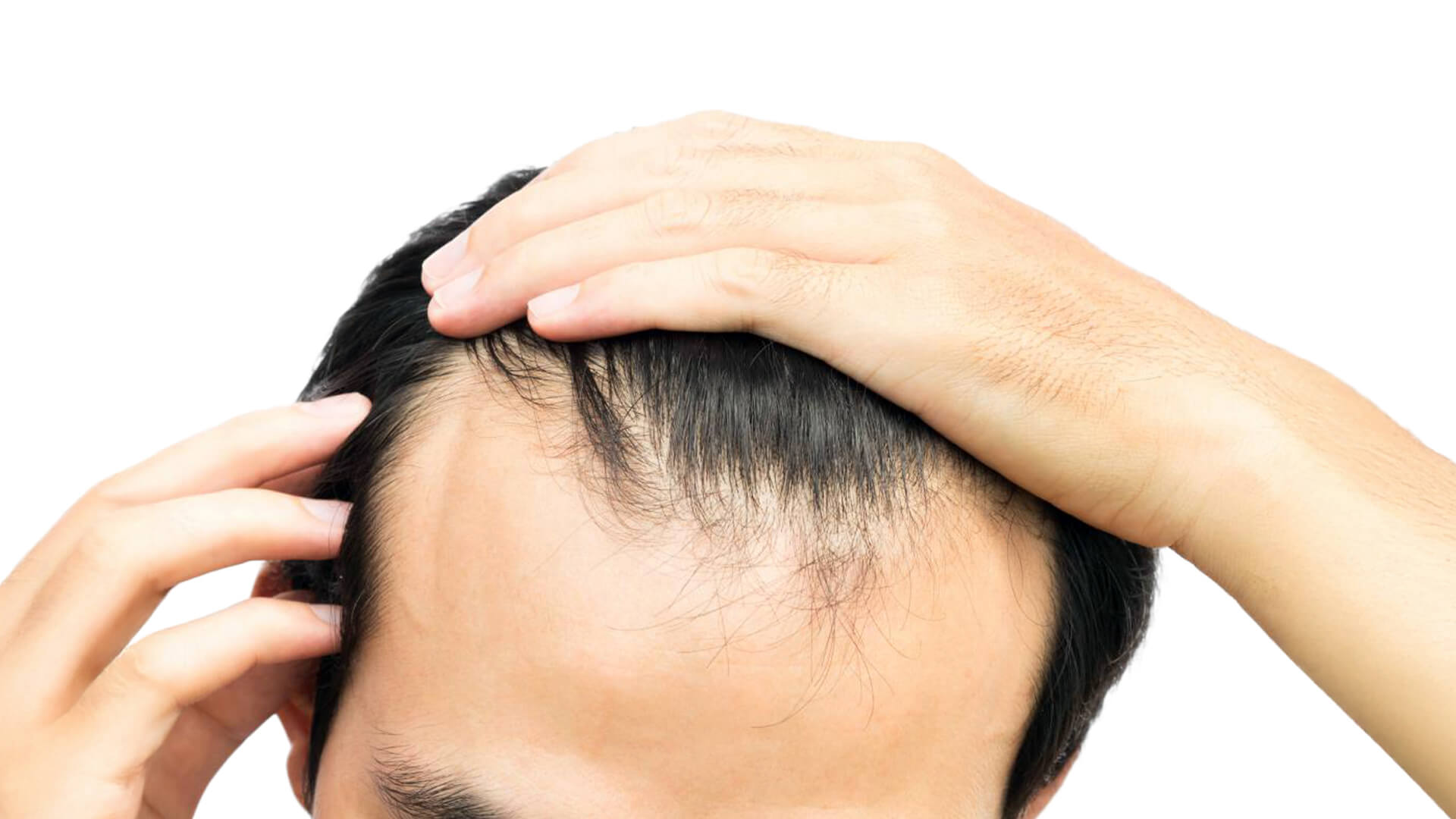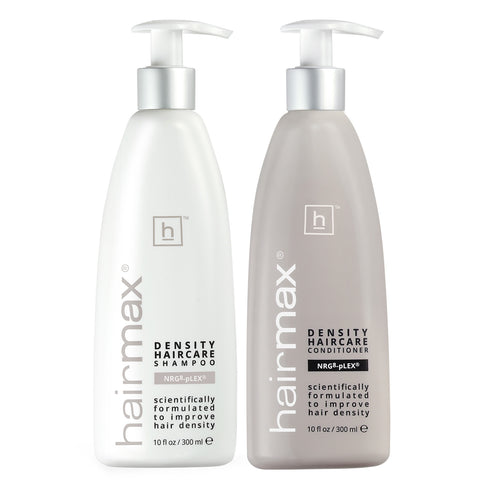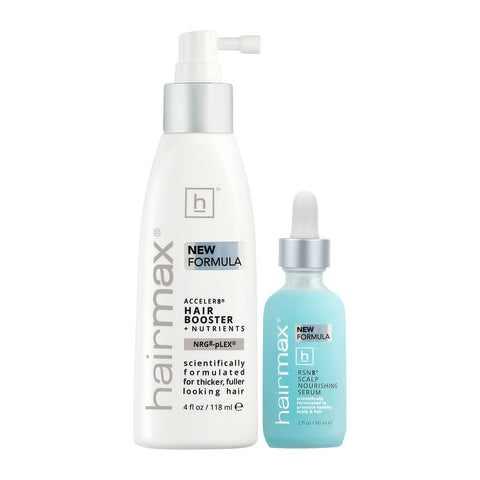Your hair can be your crowning glory when it's lush, shiny, and well cared for, but unhealthy hair can put your stress on display. If you're struggling with uncontrollable hair that simply won't style, smooth, or flatter you the way that you want, it's important to get to the bottom of the issue. Look for these signs of unhealthy hair.
Split Ends
Split ends are just like they sound. If you can see that your hair splits into two separate strands at the end, you're suffering from this problem. The hairs around your face are more likely to suffer from split ends than those in the back. Dry weather or poor hair care can contribute to this problem.
The best way to tackle split ends is to trim them off. A fresh haircut can make your hair feel like new if you're dealing with a lot of split ends. To prevent this problem from occurring again in the future, use a hydrating oil up to three times a day to infuse your strands with essential moisture.
Breakage

If hair lacks the proper elasticity, it can break. Overprocessing is the most likely cause of breakage. If you color your hair, you need to give it a little extra TLC between treatments. Use a hair mask at least once a week to pamper those strands and help restore some of their natural elasticity.
A high-quality conditioning agent will protect your hair from the sun's UV rays as well as the heat from your styling tools. Products enriched with keratin are particularly good for this purpose.
Thinning Hair
It's natural to lose some hair every day. However, if your hair is coming out in clumps or you can see obvious areas where your hair is thinning or gone, you may want to consider treatment for this problem. Your scalp is at the root of issues with thinning hair. Make sure you're getting enough protein, iron, zinc, vitamin C, and vitamin D so your body has the building blocks it needs for healthy hair. Regularly shampoo and condition your scalp to get rid of any blockages affecting the pores.
You might also try a laser device to promote hair growth in the areas that are thinning. Medical grade lasers focused on the scalp can stimulate growth and increase the fullness and density of hair. Our Hairmax laser products produced an average increase of 129 new hairs per square inch of the scalp after six months of use.
Dryness
Dry hair can feel rough, crunchy, or brittle as though it might break. Dandruff and an itchy scalp are also indicators of dry hair. If you're suffering from any of these problems, you have unhealthy hair that could use a little more care and attention.
Your scalp's natural oils should coat your strands of hair, keeping them smooth and supple. If you shampoo your hair too frequently, you may be stripping it of this natural protection. Try shampooing your hair only every two or three days. If your scalp isn't producing healthy oils as it should, taking biotin and vitamin supplements may help.
Short Patches
Patches of short hair around your head are often the result of severe breakage caused by bleaching or other harsh chemical treatments. This problem may also come from excessively tight up-dos or high-heat styling. In these cases, you can prevent further damage by changing your hair care routines. Start using protein-rich hair treatments to strengthen your hair and cut back on chemical treatments. Try a more laid-back hairstyle that doesn't require the daily use of hot tools or tight hair bands.
Short patches of hair may also result from hair loss. On a healthy scalp, about 90% of your 100,000 follicles are actively producing hair at any one time. The other 10% are resting. These resting hairs will fall out after about two to three months in this phase. It's not uncommon to shed 100 hairs or more a day. However, if your hair is coming out in clumps and leaving bald patches, you have unhealthy hair.
Telogen effluvium is the condition in which a large number of hairs enter the telogen state and fall out in patches. This can be caused by stress, thyroid problems, surgery, and even crash diets. If you're suffering from this type of hair loss, speak to your doctor to rule out a treatable thyroid problem or hormone deficiency. Make sure you're eating a healthy diet and properly exfoliating your scalp with sulfur-free shampoos. A laser hair treatment may also help stimulate your follicles to work efficiently again.
Frequent Tangling
Tangling happens when the cuticles on your hair stand up and get caught on one another. Hot styling tools are the prime culprit. Try to use these tools no more than once a week. When combing your hair, use a wide-tooth comb and work your way up gradually from the bottom. Only brush your hair when it's dry to avoid putting extra stress on your strands. Showering less frequently will allow your hair's natural oils to begin strengthening and smoothing the cuticles. Use a nourishing leave-in conditioner when you do shower to restore your strands.
Frizziness

Each strand of your hair is covered in tiny overlapping scales known as cuticles. They should lay flat against one another, giving each strand a sleek, uniform appearance. When the cuticles don't lay flat, the hair becomes weak and frizzy. If you have a lot of frizz or flyaways, you may be suffering from hair damage.
Your hair needs more moisture to recover from this frizzy state. Apply a detangling spray before styling your hair to coat the strands in extra moisture. Use a styling cream on the ends before drying the strands to keep them sleek and smooth. Once you've identified the type of unhealthy hair that you're dealing with, you can take proactive steps to fix the problem.
From taking supplements to managing stress to using the right hair care products, there are many things you can do that will result in the lush locks you're looking for.

